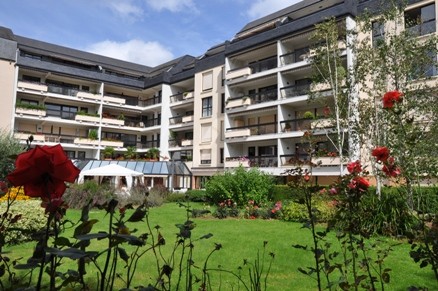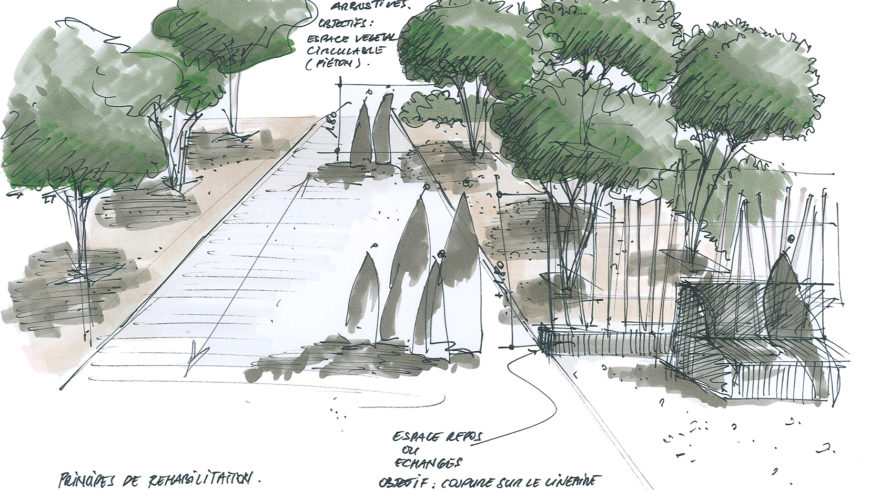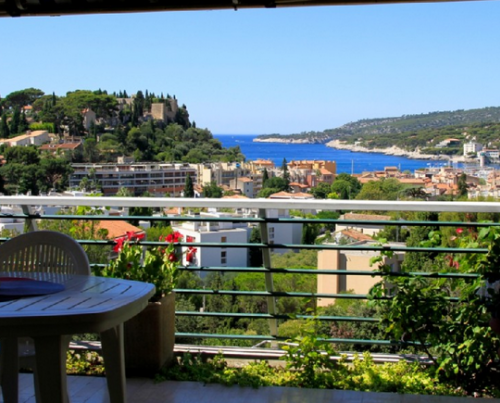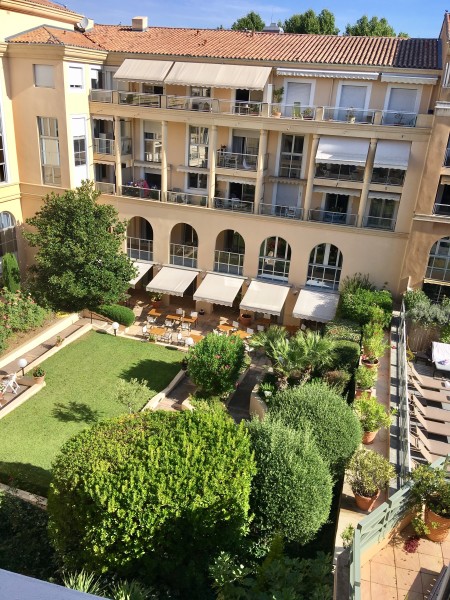
Blackford, J.J., Innes, J.B., Linking current environments and processes to fungal spore assemblages: surface NPM data from woodland environments.
#Les hesperides aix en provence code#
Blaauw, M., Methods and code for ‘classical’ age-modelling of radiocarbon sequences.Beug, H.-J., Leitfaden der Pollenbestimmung für Mitteleuropa und angrenzende Gebiete.Berglund, B.E., The Cultural Landscape During 6000 Years in Southern Sweden (Ecological Bulletin 41).Behre, K.-E., Anthropogenic indicators in pollen diagrams.Behre, K.-E., The interpretation of anthropogenic indicators in pollen diagrams.Beffa, G., Pedrotta, T., Colombaroli, D., Henne, P.D., van Leeuwen, J.F.N., Süsstrunk, P., Kaltenrieder, P., Adolf, C., Vogel, H., Pasta, S., Anselmetti, F.S., Gobet, E., Tinner, W., Vegetation and fire history of coastal north-eastern Sardinia (Italy) under changing Holocene climates and land use.Cipriani, L.E., (eds.) Coastal Erosion Monitoring - A Network of Regional Observatories, 2013, Nuova Grafica Fiorentina, 57–77. Balounin, Y., Stépanian, A., Belon, R., Bezert, P., Calendini, S., Bellini, G., The Corsican coastal monitoring network.Anthony, E.J., Marriner, N., Morhange, C., Human influence and the changing geomorphology of Mediterranean deltas and coasts over the last 6000 years: from progradation to destruction.Anderson, D.G., Maasch, K.A., Sandweiss, D.H., (eds.) Climate Change and Cultural Dynamics: A Global Perspective on Mid-Holocene Transitions, 2007, Elsevier, 1–23. Anderson, D.G., Maasch, K.A., Sandweiss, D.H., Mayewski, P.A., Climate change and culture: exploring Holocene transitions.Ahmed, S.E., Cain, R.F., Revision of the genera Sporormia and Sporormiella.The uppermost layers of the lithostratigraphic sequence reflect the transformation of local conditions in response to recent (20th century) drainage operations. The evolution of the vegetation history and the diverse human activity across the Eastern Plain during the Bronze Age until the Genoan Period is furthermore explored in this paper. Human activity did not have a significant impact on the vegetation until the Genoan Period. The following period saw shrub and woodland regeneration and the brackish environment continued until the 19th century CE.

The open lagoon shifted into a confined lagoonal system around 2200 cal BCE and this change in the feature was coeval with a notable decrease in human disturbance of the area and the end of the Chalcolithic Terrina occupation.



Pollen data reveals the existence of a semi-open landscape at this time in which human activity was widespread. The Aleria Del Sale lagoon was formed around 3500 cal BCE, when sand bars linked to the deltaic progradation of the Tavignano River enclosed shallow marine waters. Environmental reconstruction methodologies included mollusc identification, sedimentological and palynological analyses combined with robust chronological control provided by 8 radiocarbon dated samples allowing the reconstruction of the coastal lagoon and the surrounding vegetation history over the last 6 millennia. A borehole drilled to a depth of 5.30 m was located a short distance from one of the most relevant archaeological sites on the island. The Aleria Del Sale lagoon in Eastern Corsica provides an excellent location for palaeoenvironmental research in order to better understand the palaeogeography of the island's coastline and to disentangle the role of human and natural factors in landscape evolution.


 0 kommentar(er)
0 kommentar(er)
